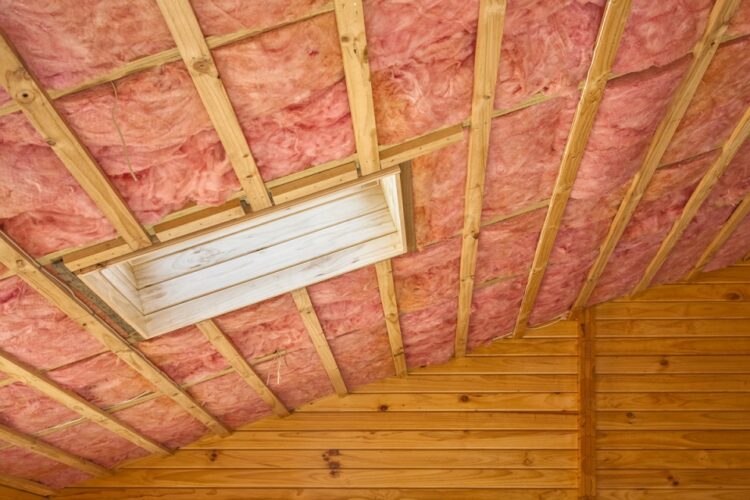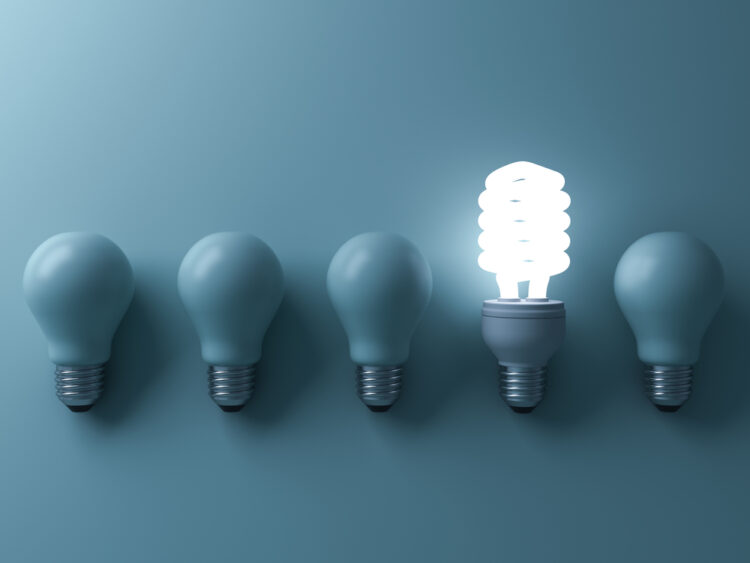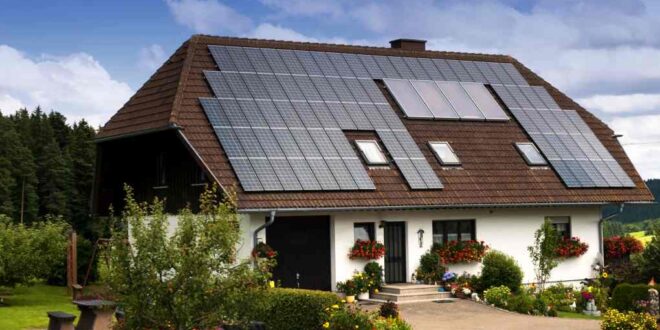Given the gearing towards reduced carbon footprints and energy efficiency, more and more homeowners are starting to look into new home technologies that can provide higher effectiveness while maintaining the same level of comfort. As the market seems to be flooded with solutions to make the home more energy-efficient, how can someone identify the ones that really work in 2024?
Well, first of all, a prospective buyer should get a clear idea about the task that they’re trying to accomplish. Maybe they are looking to better insulate their home from the elements, in which case an extra layer of insulation in the attic, new windows, and doors, or even siding replacement is the way to go.
Or, maybe they already have top-level insulation from the outside, in which case they can turn towards improving the energy consumption of the house from the interior — a programmable thermostat, energy-efficient LED lighting, or even replacing the appliances with higher-efficiency ones.
Minimizing Energy Loss with Insulation

The first step towards increasing the energy efficiency of any home should be ensuring proper insulation from the outside elements. Good insulation reduces the operational cost of the house by a significant margin all by itself, and only after an appropriate level of insulation has been reached, the homeowner should start looking into reducing the consumption of the active components of their house.
As the first barrier between the house and the elements, siding should be one of the first items to look into. This means that good energy-efficient siding, whether it’s wood, steel, or insulated vinyl, will be able to keep the heat in or out as required. It means less strain on the HVAC systems inside the house, lowering costs.
Other points to consider in the proper insulation of the house rarely include accessed areas such as the attic and entry points like windows and doors, which must provide appropriate sealing, even in the harshest of weather conditions.
According to energyprowindows.com, considering high-efficiency replacement windows and doors on the market is a good action plan, taking into account not only better sealing but also unique treatments that are available nowadays that can reduce, for example, the amount of solar radiation that reaches the inside of the house.
Reducing Energy Consumption through Automation
Once the homeowner is sure about the quality of the insulation in the house, the next increasing step is the efficiency and reducing the energy consumption of the active components of the home.
These days, a smart-home solution, if correctly implemented, is one of the most efficient ways to go towards reducing the consumption of a home. A proper implementation should properly integrate intelligent controls of cooling, heating, lighting, and shading systems, as well as controls for specific appliances. That can operate during times when the energy cost is lower, in areas where this type of period of the day specific energy tariff is available.
A proper implementation will take into account scenario periods when the owners are not at home when heating can be turned down, inside lighting turned off, shades lowered, and so on. Intelligent heating/cooling management solutions integrated into the smart home solution can reduce the energy consumption by setting proper temperatures for different areas of the house, for different times during the day, or even based on the presence of people in the area.
More Efficient Lighting and Appliances

On the subject of lighting, replacing all incandescent lighting within a house with more modern LED lighting can reduce consumption, as for the same level of light output, an LED bulb will consume five to six times less energy than its incandescent counterpart. Take into consideration, the initial entry price of replacing all of the bulbs in a house will rapidly be paid back by the reduced power consumption.
One of the technological advances, not many homeowners look into when trying to achieve a higher level of energy efficiency is regarding newer versions of existing home appliances. Refrigerators, freezers, washing machines, cooking machines, and so on that are quite old, even if they function 100% correctly, were designed back in a time when energy efficiency wasn’t exactly a top priority.
One should check the consumption figures of existing home appliances with the ones of newer, more modern ones. The differences are considerable, and upon doing the calculation, one might find that the cost difference for just one year is enough to pay for the new appliance.
Being said, these are just a few of the energy-efficient technologies for your home that work. Techniques that the average homeowner must consider in 2024 for reducing both carbon footprint and consumption.
In this article we prepared the tips for energy-efficient technologies for your home. In addition, you can read this post for maintenance tips for your home, apartment or condo.
 Hi Boox Popular Magazine 2024
Hi Boox Popular Magazine 2024



